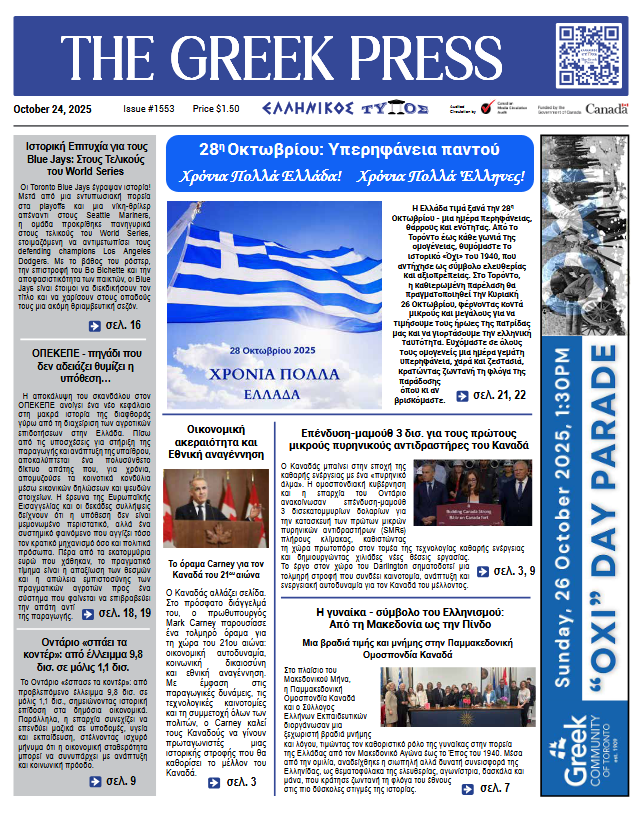 CLICK TO VIEW THE WHOLE PUBLICATION ONLINE
CLICK TO VIEW THE WHOLE PUBLICATION ONLINE
OPERA REVIEW
Verdi’s La Traviata had a choppy beginning but it has become one of the mainstays of opera houses and New York’s Met has streamed its 1981 production during the pandemic to get our minds off the tragedy for a couple of hours.
La Traviata has been performed more than 1000 times at the Met and more than 500 times at England’s Royal Opera House, Covent Garden. It is not the most often produced opera, but it is near the top.
The Met’s 1981 production was shown on television 39 years ago and the Met went all out to make it worthwhile to watch. It featured an all-star cast with Romanian soprano Ileana Cotrubas as Violetta, tenor Placido Domingo as Alfredo and baritone Cornell MacNeil as
Alfredo’s father Germont.
The production had a rocky start when Ileana Cotrubas refused to work with director John Dexter and he was replaced with Colin Graham – just in case you were wondering about who wielded real power at the Met in those days. Graham did a commendable job and Cotrubas, about 41 at the time, sang and acted an exemplary Violetta.
Graham with set and costume designer Tanya Moiseiwitsch delivered a marvelously sung, lavish, proto-Zeffirellian production that shows well 39 year later. Cotrubas at 40 + still had a satin and expressive voice and gave us a dramatic and credible Violetta. No coughing fits, looking like a mature woman which befits Violetta and an overall superb performance,
Domingo at 40 was in his prime with his ringing tenor voice, looking slender and fit and giving us a passionate Alfredo. His voice had the freshness and control and none of the darker tones that developed some decades later.
MacNeil was an old hand in the role of the older Germont and at age 60ish he delivered a moving and resonant Germont.
The 1981 film shows some signs of its age. It was done for television and not for 2020 big high definition screens. We had to put up with green sidebars and a print that was less than ideal for today’s high definition standards.
Moiseiwitsch used gold to yellow tones in the first act and changed to more posh velvet and brown tones in Flora’s pad. It was well-appointed without being ostentatious. The ladies’ gowns were elegant. Cream colour gowns for the happy Violetta changing to ominous colours as her tragic end approached.
James Levine conducted the Met Opera Orchestra in an enthusiastic performance.
Graham’s traditional approach reached its apogee with Franco Zeffirelli’s over-the-top production. Its opulence and indeed ostentation were grandly popular, and the production dominated the New York operatic world. When Willy Decker’s brilliant but unorthodox take arrived, it was greeted with trepidation by New York’s conservative audience to such an extent that they had to be assured that Zeffirelli was not completely forgotten. But his best before date had arrived and the production had to be permanently mothballed.
The current production by Michael Mayer shows great imaginative strokes while at the same time appearing traditional. The life of La Traviata on the Met’s stage shows the extent to which operatic chestnuts can be re-imagined and continue to entertain and at times infuriate audiences.
The Met audience followed the performance with rapt attention and tumultuous applause at every opportunity. The custom of curtain calls at the end of each act was followed faithfully and even performers with minor roles were marched out for appreciative applause. I think there were ten curtain calls at the end of the performance which were no doubt deserved but we could have been spared the other clapping sessions between acts.
________________________
La Traviata by Giuseppe Verdi was streamed on television on July 15 and 16, 2020. For more information visit www.metopera.org.






























